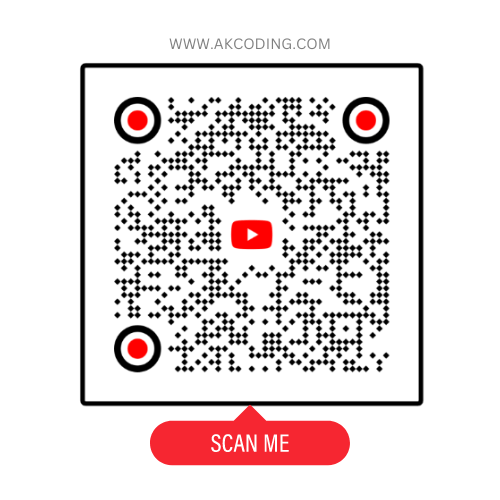
Table of Contents
Getting Started with React Tutorial: A Comprehensive Guide
1. Introduction to React.js
2. Setting Up Your Development Environment
- Installing Node.js and npm
- Creating a new React.js project using Create React App
- Exploring project structure and files
3. Understanding Components
- Introduction to React components
- Hooks
- Functional components vs. class components
- Props and state
- Creating and rendering components
4. JSX (JavaScript XML) Syntax
- What is JSX?
- Writing JSX expressions
- Embedding JavaScript expressions
- JSX attributes and dynamic content
5. Handling Events
- Event handling in React
- Binding event handlers
- Common event types (onClick, onChange, onSubmit, etc.)
- Passing parameters to event handlers
6. Managing State
- State management in React components
- Using useState hook for functional components
- Updating state with setState for class components
- Best practices for state management
7. Working with Lists and Keys
- Rendering lists of data in React
- Using map() function to iterate over arrays
- Adding keys to list items for efficient rendering
- Handling dynamic lists and updates
8. Forms and Form Handling
- Creating controlled components
- Handling form submission and validation
- Managing form state with useState
- Using controlled vs. uncontrolled components
9. Component Lifecycle
- Understanding the React component lifecycle
- Mounting, updating, and unmounting phases
- Lifecycle methods (componentDidMount, componentDidUpdate, componentWillUnmount)
- Using useEffect hook for side effects
10. Routing with React Router
– Introduction to React Router
– Setting up routes in a React application
– Creating nested routes and route parameters
– Navigation using Link and NavLink components
11. Styling in React
– CSS Modules
– Styled-components
– Inline styles
– Using third-party libraries for styling
12. State Management with Context API and Redux
– Introduction to Context API for global state management
– Overview of Redux for managing complex state
– Setting up Redux store, actions, reducers, and middleware
– Integrating Redux with React components
13. Fetching Data with Axios and Fetch API
– Making HTTP requests in React applications
– Using Axios for data fetching
– Fetch API for modern browsers
– Handling asynchronous data loading and error handling
14. Testing React Components
– Introduction to testing frameworks (Jest and React Testing Library)
– Writing unit tests for React components
– Testing components with mocked dependencies
– Best practices for testing React applications
15. Deployment and Production Builds
– Building a production-ready React application
– Optimizing assets for performance
– Deploying React applications to popular hosting platforms (e.g., Netlify, Vercel, Heroku)
– Continuous integration and deployment (CI/CD) pipelines
16. Next Steps and Further Learning
– Advanced React.js concepts (React Hooks, Error Boundaries, Portals, etc.)
– Exploring React ecosystem (React Native, Next.js, Gatsby)
– Resources for further learning and community support (official documentation, online courses, forums, etc.)
17. Other React Learning Resources
React vs Vue 2025: Which is the best choice?
When deciding between React and Vue for your web development project, it’s important to consider several factors, including the project’s size, team experience, and the specific needs of the application.
Here’s a comparison of React vs Vue.js in tabular format:
| Feature | React | Vue.js |
|---|---|---|
| Type | JavaScript Library | JavaScript Framework |
| Created By | Evan You | |
| Initial Release | 2013 | 2014 |
| Architecture | Component-based, focuses on the view layer | Component-based, but also provides features like Vuex for state management |
| Learning Curve | Steeper, especially with JSX and extensive ecosystem | Easier, simpler syntax and structure |
| Ecosystem | Large, with numerous third-party libraries and tools | Smaller, but with a cohesive ecosystem |
| Data Binding | One-way data binding | Two-way data binding |
| State Management | Requires additional libraries like Redux or Context API | Built-in state management with Vuex |
| Performance | High, especially with the Virtual DOM | Comparable performance, also uses Virtual DOM |
| Community Size | Larger, more widespread in enterprise applications | Growing, popular among small to medium projects |
| Flexibility | Highly flexible, allows for integration with other libraries or frameworks | Flexible, but more opinionated in structure |
| Integration | Often integrated with other tools for routing, state management, etc. | Comes with built-in solutions for routing, state management, etc. |
| Use Cases | Best for complex, large-scale applications | Ideal for small to medium-sized applications |
| Popularity | Higher, more widely used in the industry | Increasing in popularity, especially in the Asian market |
| Community Support | Extensive, with vast resources available | Strong, but with fewer resources compared to React |
This table highlights the key differences and similarities between React and Vue.js, helping developers choose the right tool based on their project needs.
Conclusion
– Recap of key concepts covered in the tutorial
– Encouragement for further exploration and practice
– Thank you message and closing remarks
This outline provides a structured approach to learning React.js, covering fundamental concepts, advanced topics, and practical applications.
Read other awesome articles in Medium.com or in akcoding’s posts.
OR
Join us on YouTube Channel
OR Scan the QR Code to Directly open the Channel 👉

